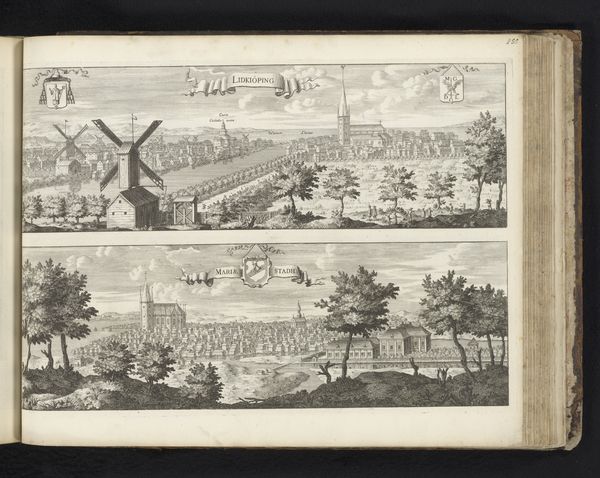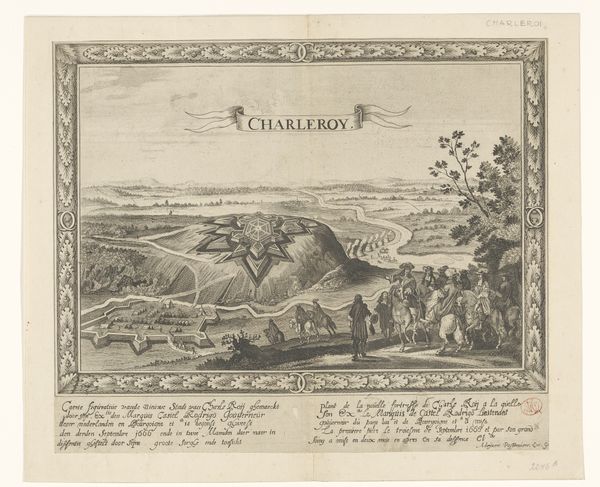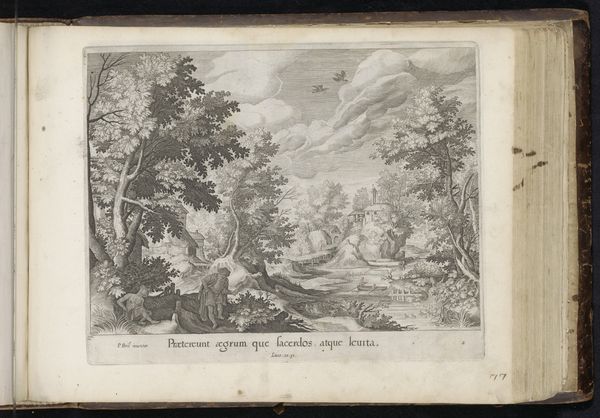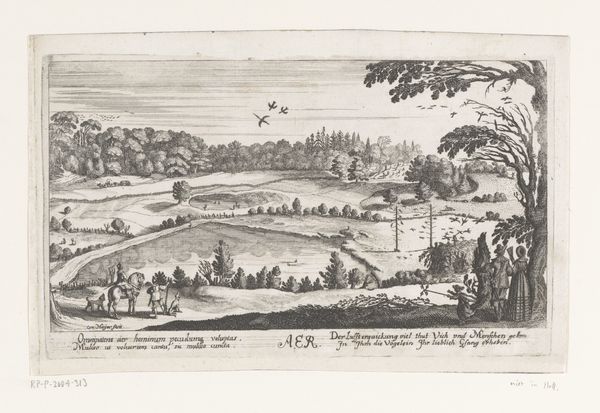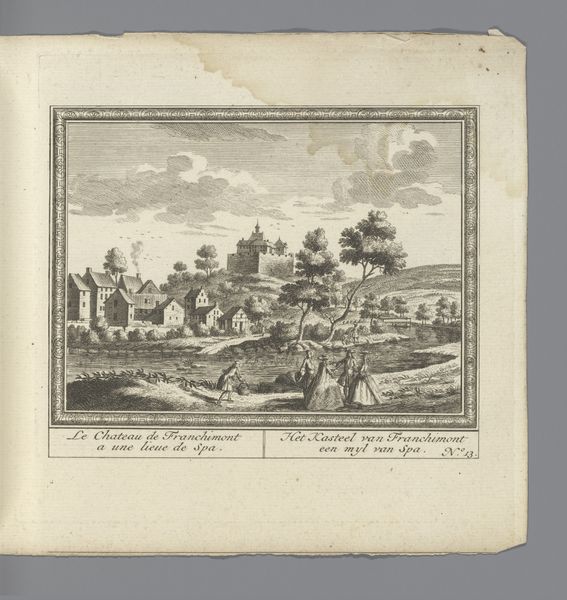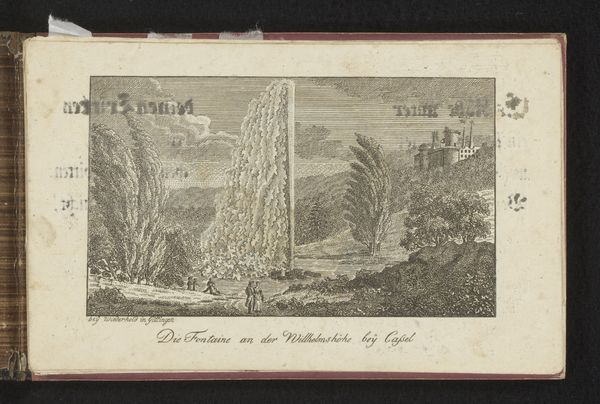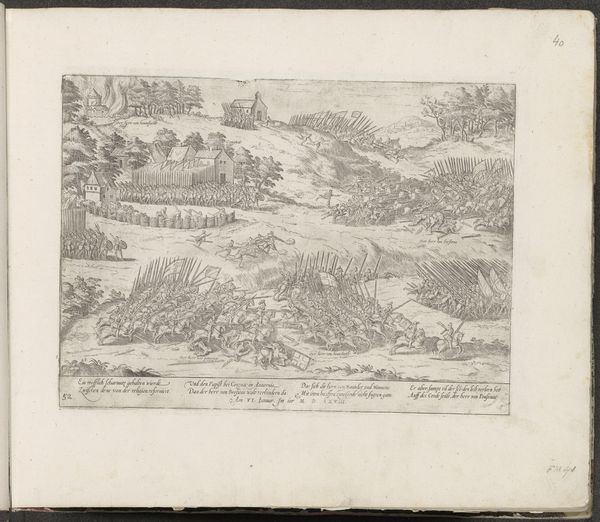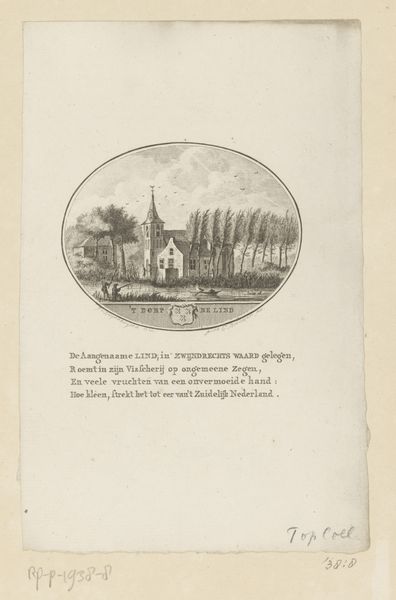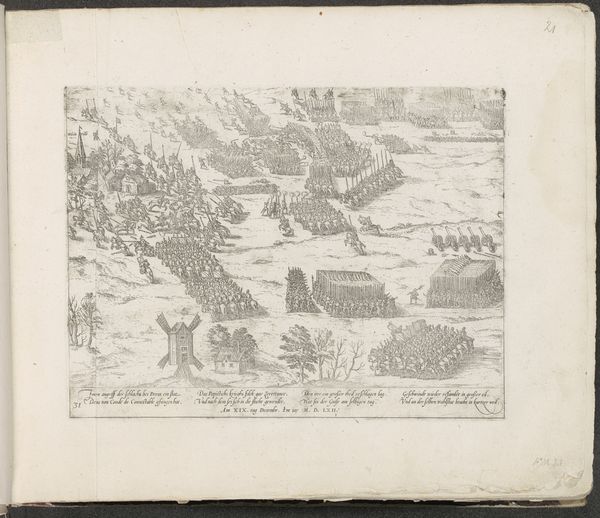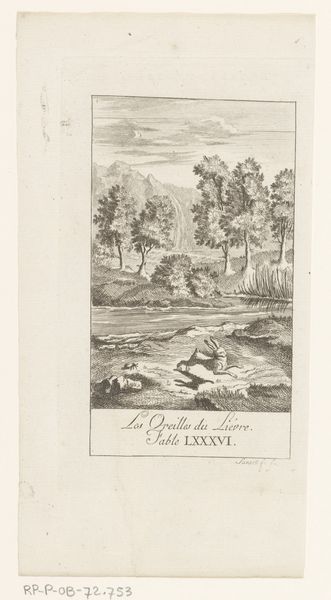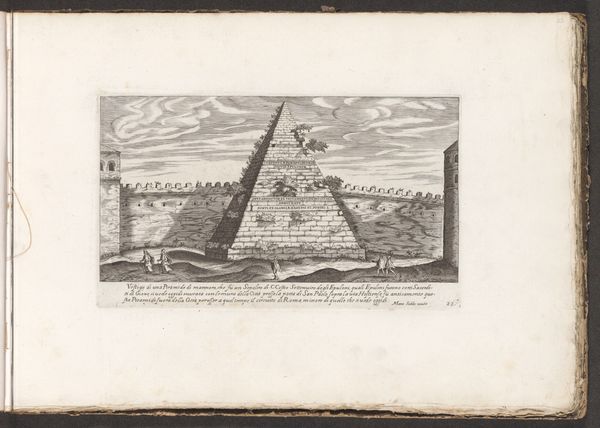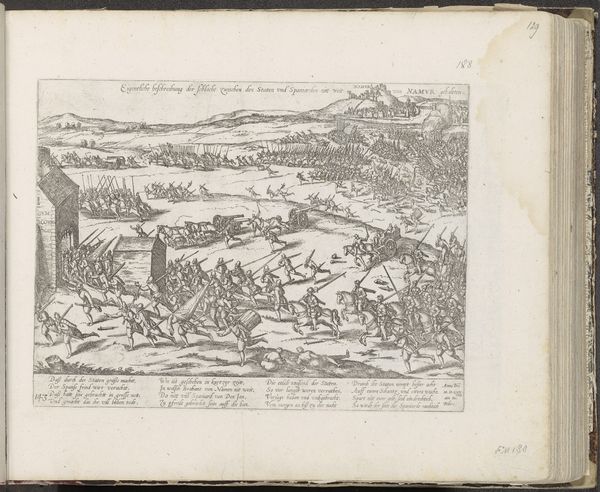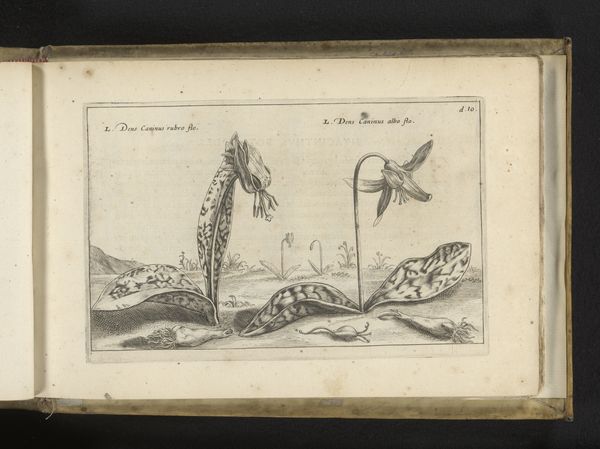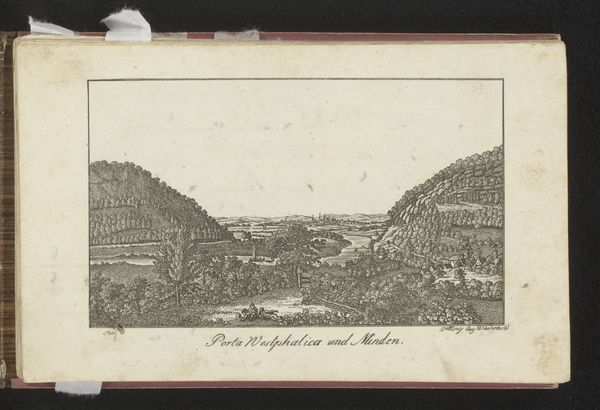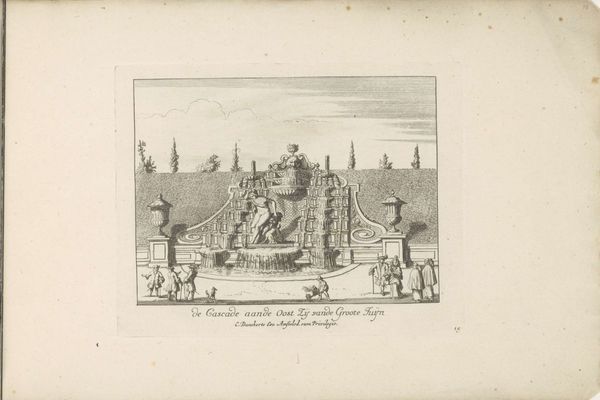
print, ink, engraving
#
dutch-golden-age
# print
#
old engraving style
#
landscape
#
ink
#
line
#
engraving
Dimensions: height 135 mm, width 161 mm
Copyright: Rijks Museum: Open Domain
This engraving presents us with a garden of betel and areca palms, rendered with meticulous detail. Palms, historically, symbolize victory and eternal life. We can see how the palm has been used in Ancient Egypt to mark the return of someone from a pilgrimage to the East. Notice the structured arrangement of the plants. This recalls formal gardens in other cultures, such as the geometrically arranged gardens of Renaissance Italy or the symbolic layouts of Persian gardens. The palm, while signifying triumph, also evokes a sense of longing, seen in its association with exotic lands. Reflect on how the garden embodies a desire to control and understand nature. The symmetrical design and ordered rows suggest an attempt to tame the wild, an impulse that speaks to our complex relationship with the natural world. This image, therefore, isn't merely a depiction of plants; it is a reflection of our deepest aspirations and fears projected onto the landscape. The garden path invites us to step into a space of contemplation, echoing the timeless human quest for meaning and order in a chaotic world.
Comments
No comments
Be the first to comment and join the conversation on the ultimate creative platform.
